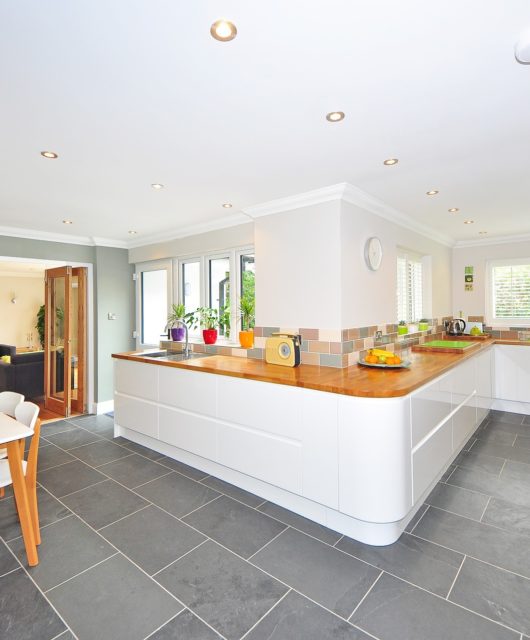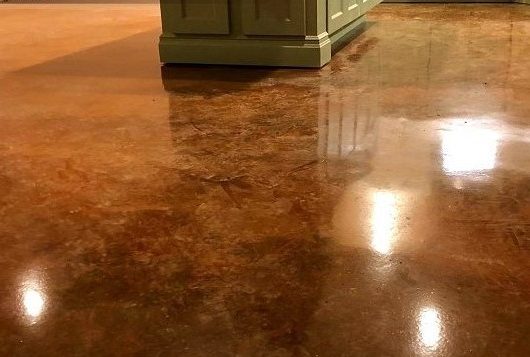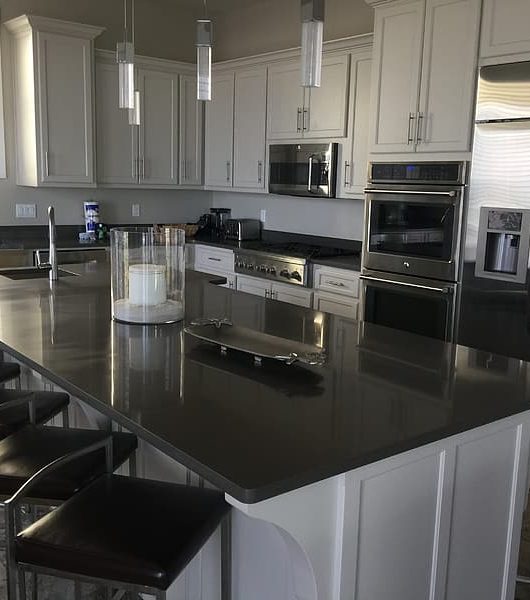Why Solar Power Is A Great Choice For The Home
 For households in the US, solar power is the most accessible form of renewable energy – and some states, such as California, have had a solar boom over the last decade or so.
For households in the US, solar power is the most accessible form of renewable energy – and some states, such as California, have had a solar boom over the last decade or so.
But, how exactly does one go solar, and should you? Read on to find out…
How Do Solar Panels Work?
Solar panels are made up of solar cells, also known as photovoltaic cells, which can convert sunlight into electricity. They do this via the photovoltaic effect, but the electricity generated can’t immediately be used to power a home; it must first be converted by a separate component in the system.
How Many Panels Will I Need?
To go fully solar and no longer need any electricity from your local energy company, the average US household needs to have around 20-30 solar panels installed onto its roof.
However, the exact number you’ll need will depend on your electricity consumption and the climate of where you live, in addition to a few other secondary factors.
Also, even if you live in a city which receives plenty of sunshine, you should be sure to consider if there are any nearby tall buildings or trees which may prevent or limit sun rays from hitting your roof, as this can greatly impact your home’s suitability to solar energy.
Is Solar Energy Expensive?
Once you’ve made the switch to solar energy, it’s completely free as there are no running costs. So, you can save tens of thousands of dollars on your electricity bills over the long run – and it’s sometimes even possible to sell any extra electricity you generate to a local utility company.
However, it should be recognized that making the switch to solar power is costly and typically requires an initial investment of roughly $15,000 to $25,000 to cover the cost of purchasing and installing the solar panels.
There are numerous solar incentive programs in the US which can significantly reduce the cost of going solar, but it’s still quite costly, so you should consider whether or not you can afford to make this initial investment.
Should I Go Solar?
If you have the money to go solar and would like to potentially slash your electricity bills to zero, all while also reducing your carbon footprint, then utilizing solar power for your home is pretty much a no-brainer.
Be sure to first consider if your property is a good candidate for solar energy. In other words, you should think about how many days of sunshine your city or town has per year and check if the rooftop of your home is obstructed.
Lastly, be sure to read online reviews about a few solar energy companies before parting with your money, as shopping around can help you save a bundle of cash and find a reputable company.
In Summary
- Solar power is the most accessible form of renewable energy for households in the US.
- You can go solar by having solar panels installed onto the roof of your property.
- This requires a significant initial investment, but you can save a considerable amount of money in the long run and reduce your carbon footprint.
- Be sure to first consider if your house is a good candidate for solar energy before having solar panels installed.









